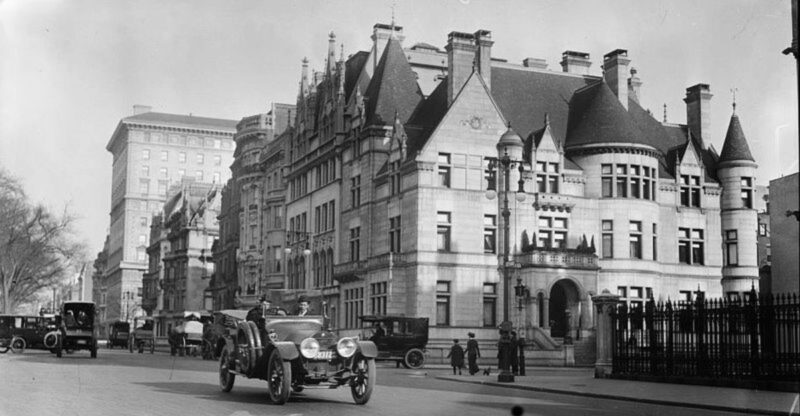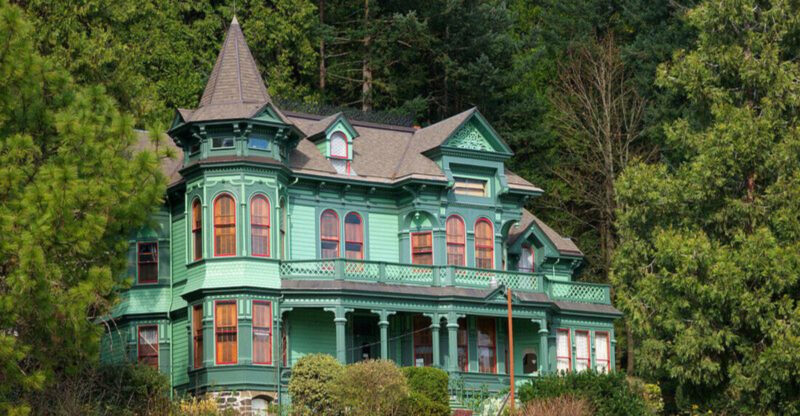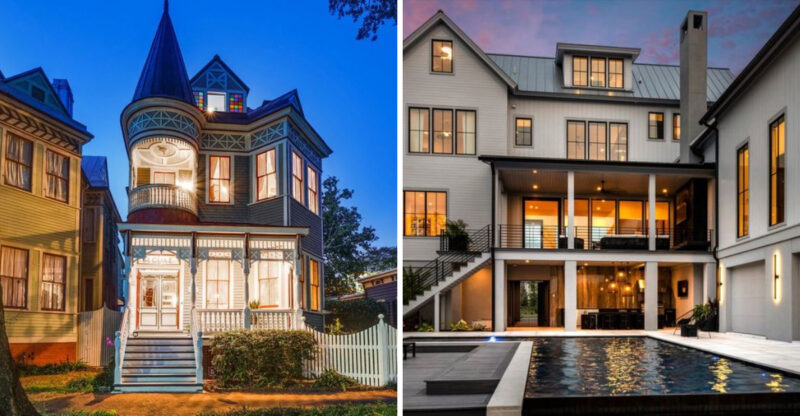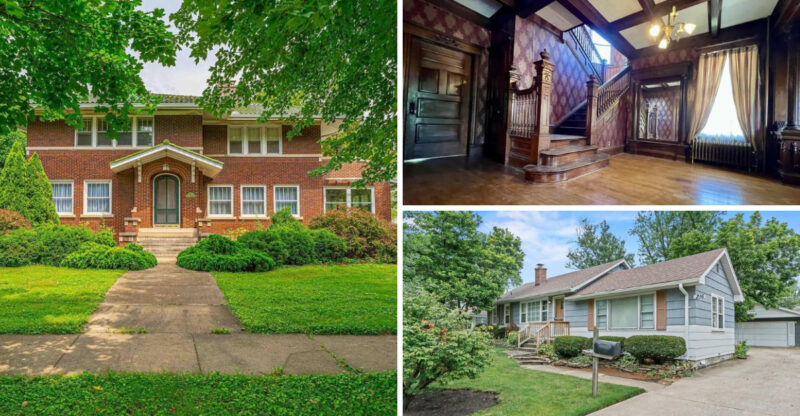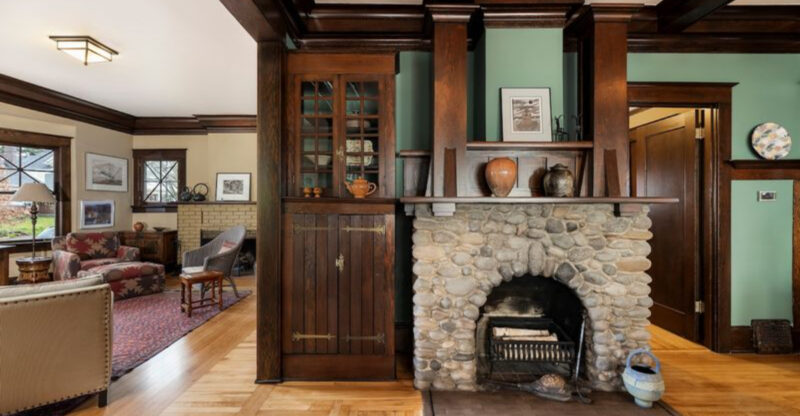14 Historic Mansions That Showcase The Rockefeller Family’s Wealth And Influence
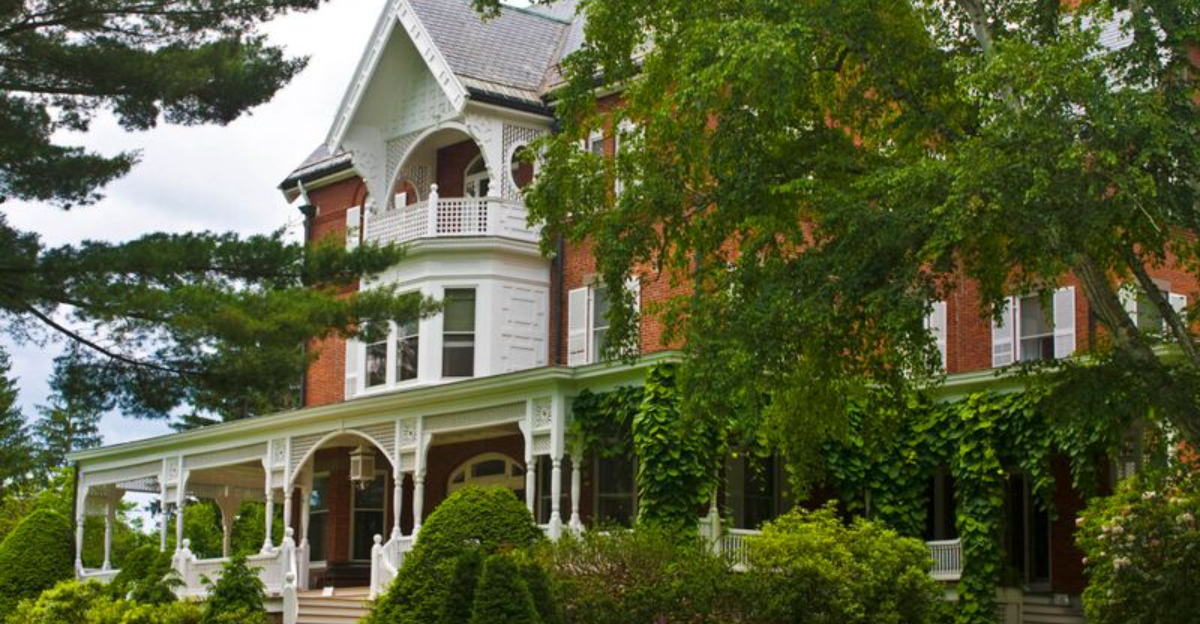
The Rockefeller family name has long been synonymous with extraordinary wealth, power, and philanthropy in America.
From the late 19th century onward, their vast oil fortune allowed them to construct some of the most impressive residences ever built on American soil.
These grand homes weren’t just places to live they were statements of status, centers of political influence, and eventually, important historical landmarks that tell the story of one of America’s most powerful dynasties.
1. Kykuit – Sleepy Hollow, New York
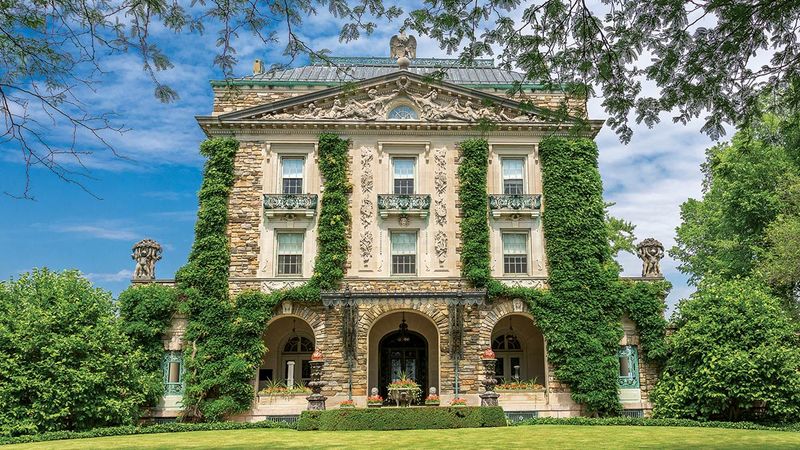
Perched majestically atop the Pocantico Hills, Kykuit (Dutch for “lookout”) stands as the crown jewel of Rockefeller estates. John D. Rockefeller Sr. began this six-story stone mansion in 1908, creating a family headquarters that would serve four generations.
The sprawling 40-room residence features breathtaking Hudson River views and gardens filled with Nelson Rockefeller’s prized modern art collection, including pieces by Picasso and Calder. Underground tunnels connect various buildings on the property, showcasing the family’s desire for privacy and security.
Today, visitors can tour this National Historic Landmark and witness firsthand the unimaginable luxury that oil money built, from the Italian marble halls to the priceless art collections that make Kykuit an enduring symbol of American wealth.
2. Rockefeller Apartment Building – 740 Park Avenue, New York City, New York
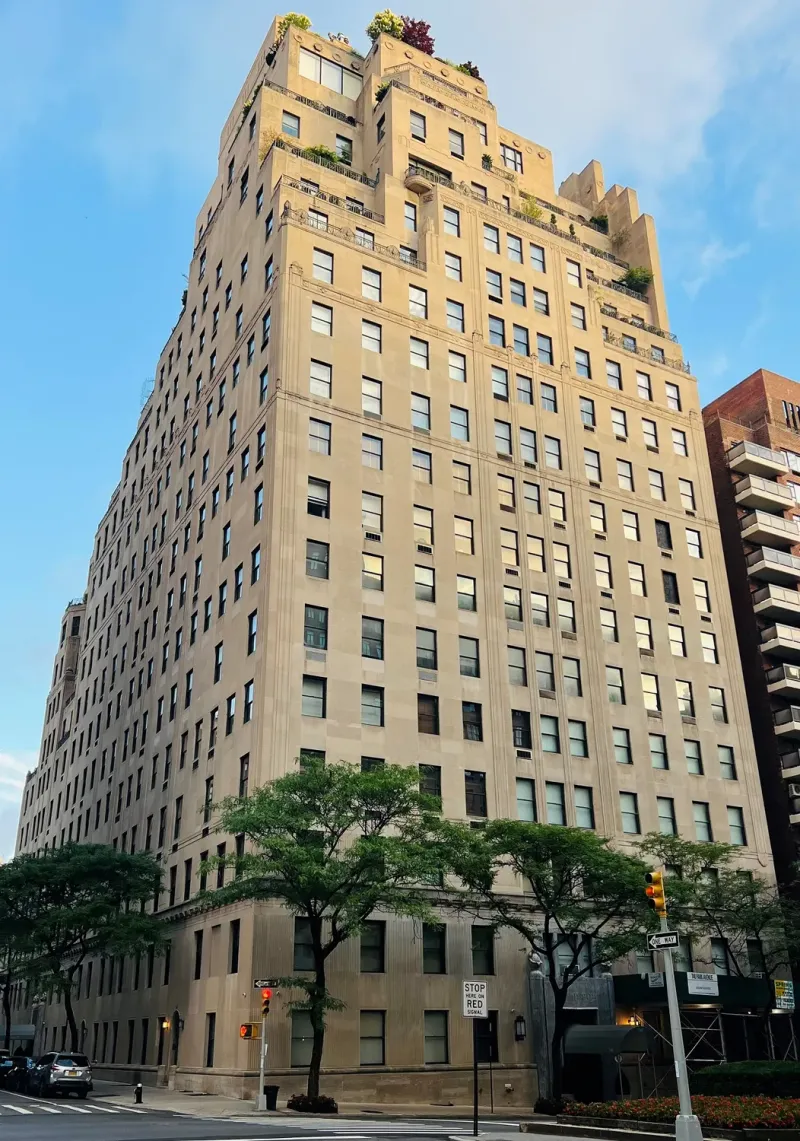
Standing tall in Manhattan’s exclusive Upper East Side, 740 Park Avenue represents the pinnacle of New York City luxury living. Built by John D. Rockefeller Jr. in 1929, this legendary limestone apartment building has housed some of America’s wealthiest families for generations.
Junior himself occupied a 20-room duplex spanning the 14th and 15th floors, featuring a breathtaking private library and reception rooms designed for entertaining the elite. The building’s apartments were constructed with ceiling heights reaching 12 feet and room counts that rivaled suburban mansions.
Even today, 740 Park maintains its reputation as one of the world’s most exclusive addresses, with apartments selling for astronomical sums and a notoriously selective co-op board that continues the Rockefeller tradition of social gatekeeping.
3. Rockefeller Townhouses – 10 & 12 West 54th Street, New York City, New York
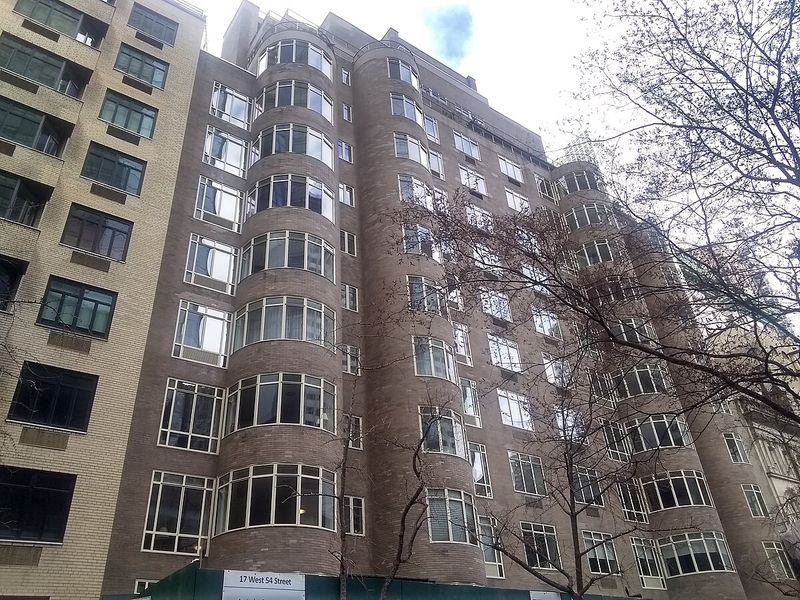
Hidden behind unassuming facades, these adjacent Manhattan townhouses reveal the family’s preference for understated elegance in urban settings. John D. Rockefeller Jr. purchased these brownstones in 1918, transforming them into a unified residence with over 40 rooms spanning both buildings.
What made these townhouses remarkable wasn’t just their size but their strategic location directly across from the Museum of Modern Art, which the family heavily supported. Inside, the homes featured hidden passageways, a central courtyard, and custom details like hand-carved woodwork and imported marble.
Though now serving different purposes, these townhouses represent how the Rockefellers maintained privacy while staying at the center of New York’s cultural landscape, allowing them to shape the city’s development from their living room.
4. The Eyrie (Rockefeller’s summer home, demolished) – Seal Harbor, Maine
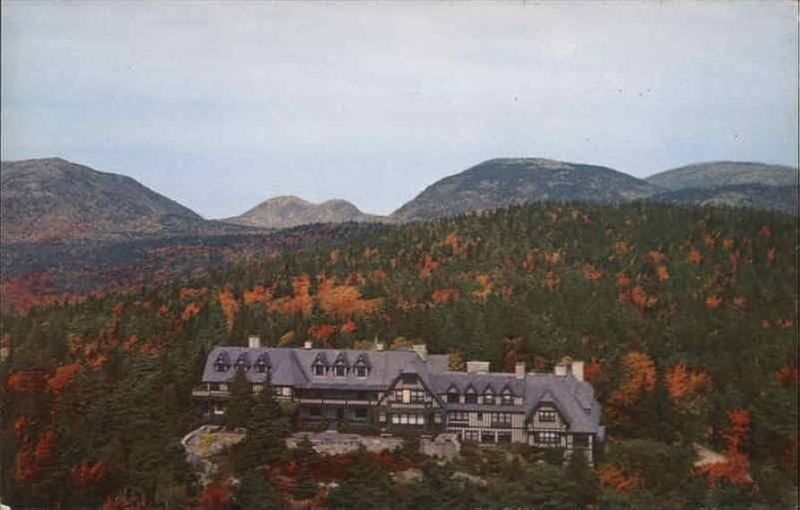
Named for an eagle’s nest perched high above its surroundings, The Eyrie was John D. Rockefeller Jr.’s beloved summer sanctuary on Mount Desert Island. Completed in 1914, this sprawling 107-room cottage (hardly a cottage by normal standards!) dominated the coastline with its shingle-style architecture and commanding views of the Atlantic.
Junior’s wife, Abby Aldrich Rockefeller, filled the mansion with priceless art and hosted legendary summer gatherings where politicians, artists, and fellow industrialists mingled. The estate included extensive gardens, carriage houses, and private beaches accessible only to the family.
Though demolished in 1962 by David Rockefeller to create a more modest family compound, The Eyrie’s legacy lives on in the family’s continued conservation efforts in Acadia National Park, which they helped establish.
5. Bassett Hall (owned by John D. Rockefeller Jr.) – Williamsburg, Virginia
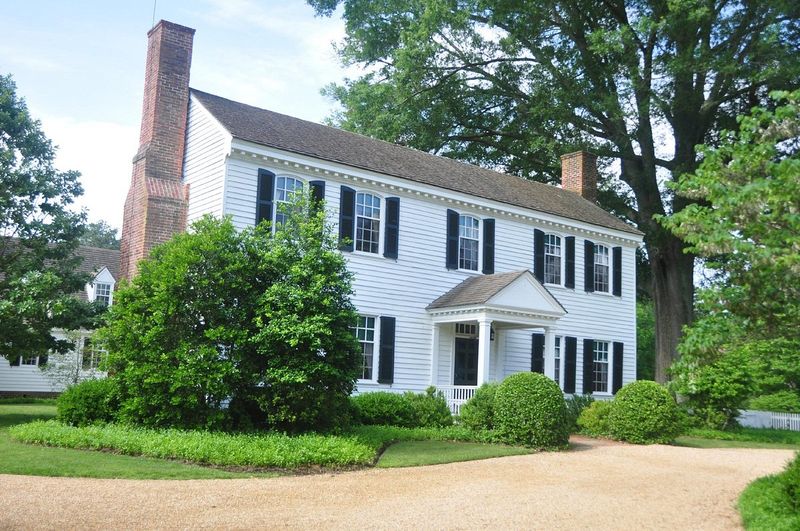
Unlike the family’s other grandiose properties, Bassett Hall charms visitors with its relatively modest 18th-century farmhouse aesthetic. John D. Rockefeller Jr. and his wife Abby purchased this historic property in the 1930s as their personal residence during their massive restoration of Colonial Williamsburg.
Set on 585 wooded acres, the white clapboard house features period furnishings, folk art from Abby’s personal collection, and gardens blooming with dogwood trees. The Rockefellers would spend spring and autumn here, overseeing their ambitious project to resurrect America’s colonial past.
Today, visitors can tour Bassett Hall exactly as the Rockefellers left it, offering a rare glimpse into the family’s private life away from the formality of their grander estates—a place where they could live somewhat like ordinary Americans.
6. Rockefeller Cottage – Jekyll Island, Georgia
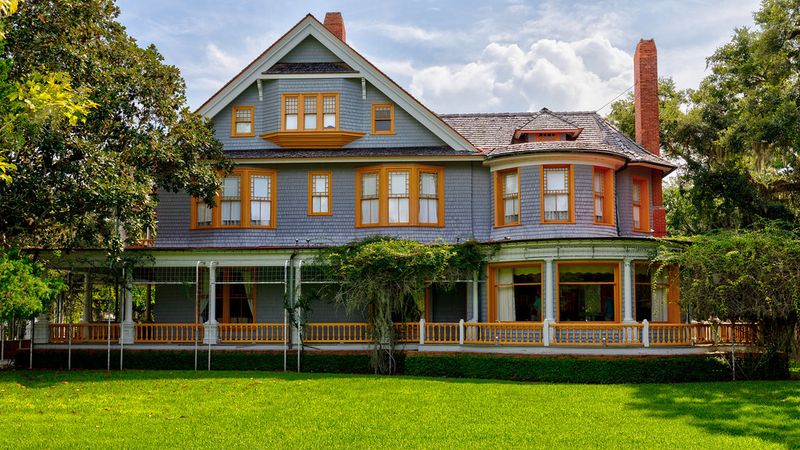
Southern charm meets northern wealth at Indian Mound, the Mediterranean-style winter retreat William Rockefeller built on Georgia’s exclusive Jekyll Island. Constructed in 1892 as part of the ultra-exclusive Jekyll Island Club, this “cottage” boasted 25 rooms of mahogany paneling, Italian marble, and custom furnishings.
William, brother to John D. Rockefeller Sr., designed the home with wide verandas to capture ocean breezes and entertain fellow millionaires who escaped northern winters on this secluded island. The property featured servant quarters, carriage houses, and private docks for the family’s yachts.
Restored to its original glory, the cottage now welcomes visitors who marvel at its cypress ceilings and period-accurate details, offering a glimpse into the Gilded Age when America’s wealthiest families created their own private paradise on Georgia’s coast.
7. Rockefeller’s Pocantico Hills Estate – Sleepy Hollow, New York
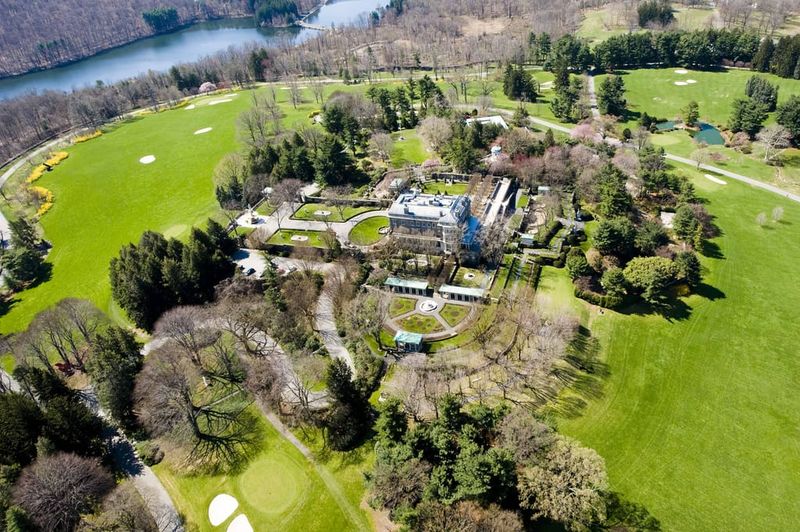
Spanning an astonishing 3,500 acres at its peak, the Pocantico Hills Estate represents the largest family compound the Rockefellers ever assembled. John D. Rockefeller Sr. began purchasing farmland here in the 1890s, eventually creating a self-contained world with its own power plant, water system, and 75 miles of private roads.
Beyond Kykuit (the main house), the estate featured numerous smaller mansions for family members, including the Playhouse with its indoor swimming pool and bowling alley. The property boasted multiple gardens, a private golf course, and stables housing prized horses.
While much of the estate has been donated for conservation purposes, portions remain in family hands, continuing the legacy of what was once described as “the closest thing America had to a royal compound.”
8. Rockefeller Carriage House – Pocantico Hills, New York
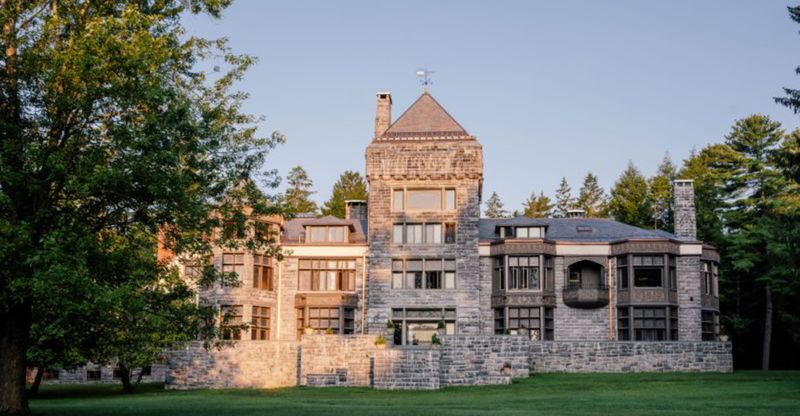
Built to house John D. Rockefeller Sr.’s beloved horse-drawn carriages, this stunning stone structure exemplifies how even utilitarian buildings received royal treatment on Rockefeller properties. Completed in 1913, the carriage house featured stables for dozens of horses, apartments for grooms, and climate-controlled storage for the family’s extensive carriage collection.
Designed in a Tudor Revival style with half-timbering and ornate stonework, the building was later converted to house the family’s growing automobile collection. Senior was famously fond of his horses and carriages, maintaining them long after automobiles became popular.
Now part of the Pocantico Hills historic site, visitors can view the restored building with its soaring ceilings and custom woodwork—a testament to an era when even the storage facilities of America’s wealthiest family were architectural masterpieces.
9. Rockefeller Guest House – East 52nd Street, New York City, New York
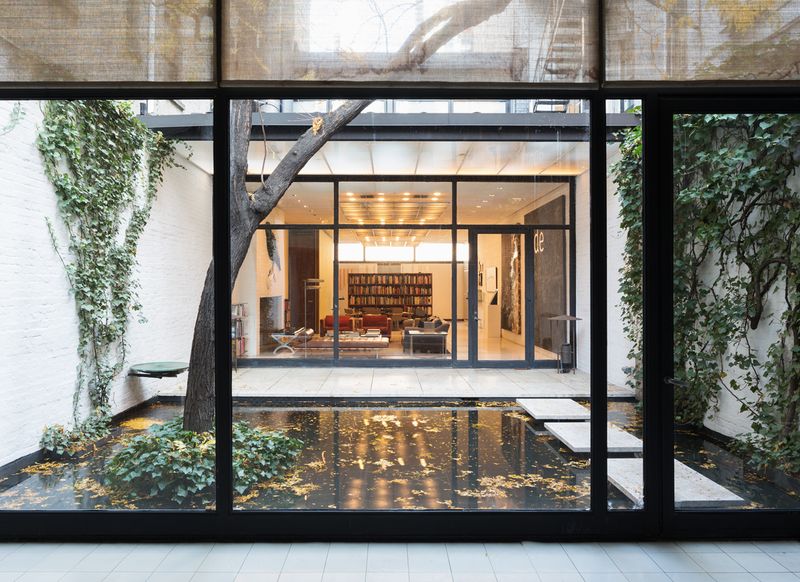
Hidden behind an unassuming brick facade on a quiet Manhattan street sits one of the family’s most architecturally significant properties. Commissioned by Abby Rockefeller in 1949, this modernist masterpiece was designed by Philip Johnson as both a private gallery and guest quarters.
Unlike the family’s other grandiose homes, this two-story townhouse embraces minimalism with its glass walls, open floor plan, and interior courtyard featuring a reflecting pool. Abby used the space to display her growing modern art collection and host intimate gatherings with artists and curators.
Though modest in size compared to other Rockefeller properties, this house represents the family’s forward-thinking patronage of modern architecture and art. Today, architectural historians consider it one of New York’s most important modernist buildings—a hidden gem among the city’s skyscrapers.
10. Four Winds – Seal Harbor, Maine
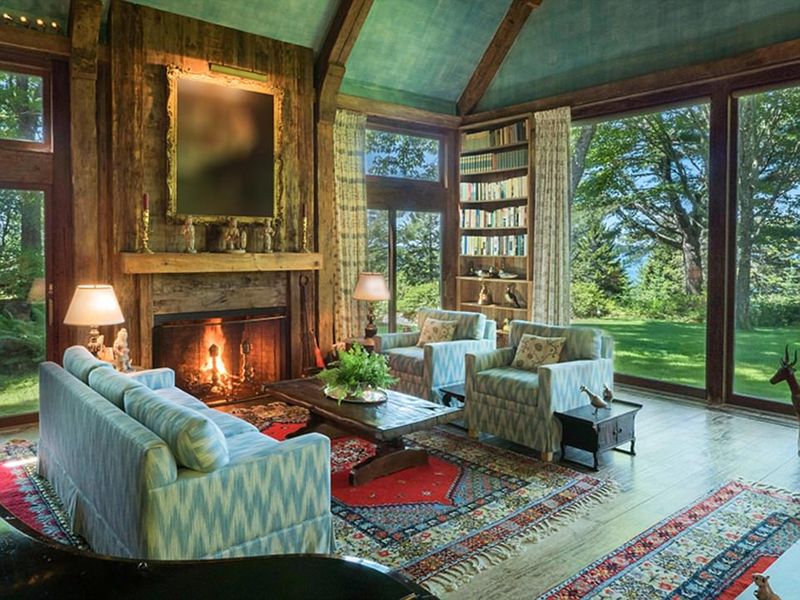
Nestled among the pines of Mount Desert Island, Four Winds represents Laurance Rockefeller’s vision of luxury in harmony with nature. Built in the 1940s to replace the demolished Eyrie, this more modest (by Rockefeller standards) coastal retreat showcases Laurance’s pioneering environmental ethic.
The shingled residence features natural materials, expansive windows framing Atlantic views, and landscaping that seamlessly blends with the surrounding forest. Laurance, known as the family’s conservationist, designed the property to have minimal environmental impact, with gardens featuring native plants and walking paths that protect fragile ecosystems.
From this coastal retreat, Laurance planned many of his groundbreaking conservation projects, including several national parks. Four Winds stands as a testament to how the third generation of Rockefellers began shifting from displays of wealth toward environmental stewardship.
11. Marsh-Billings-Rockefeller Mansion – Woodstock, Vermont
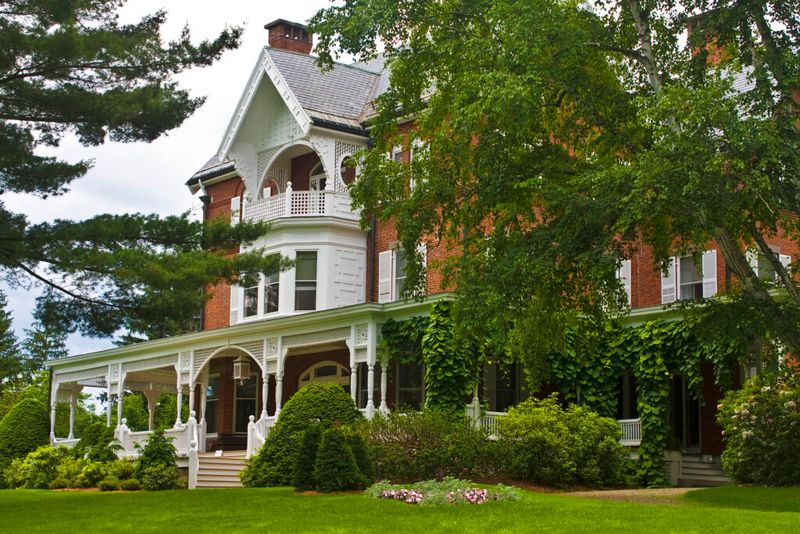
Vermont’s oldest professionally managed forest surrounds this historic Queen Anne-style mansion, which came into Rockefeller hands when Laurance married Mary Billings in 1934. Built in 1805 and extensively remodeled in the 1890s, this 20-room residence stands as a monument to American conservation history.
Mary’s father, Frederick Billings, had already established the property as a model of scientific forestry when the Rockefellers inherited it. They enhanced the mansion with their collection of Hudson River School paintings while maintaining the working forest and farm that surrounds it.
In 1992, the couple donated the entire property to the National Park Service—Vermont’s first national park. Today, visitors can tour rooms filled with American craftsmanship and artwork while learning about three generations of conservation pioneers who called this remarkable place home.
12. William Rockefeller Estate – Rockwood Hall, Mount Pleasant, New York
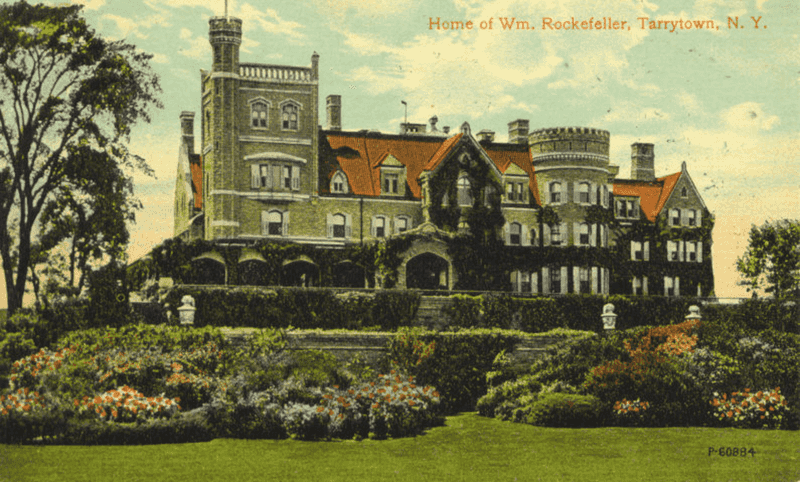
Though only stone foundations remain today, William Rockefeller’s Rockwood Hall once rivaled European castles in its grandeur. Completed in 1886, this 204-room mansion dominated a cliff overlooking the Hudson River, featuring a facade stretching nearly 600 feet and turrets visible for miles.
William, John D.’s brother and business partner, spared no expense in creating this limestone palace, importing Italian craftsmen to carve interior details and installing one of America’s first residential elevators. The estate’s 1,000 acres included formal gardens designed by Frederick Law Olmsted, stables housing 100 horses, and a private railroad station.
Demolished in 1942, the property’s foundations and landscape remain accessible to hikers in Rockefeller State Park Preserve—ghostly remnants of what was once one of America’s most extravagant private homes.
13. Forest Hill – Cleveland, Ohio
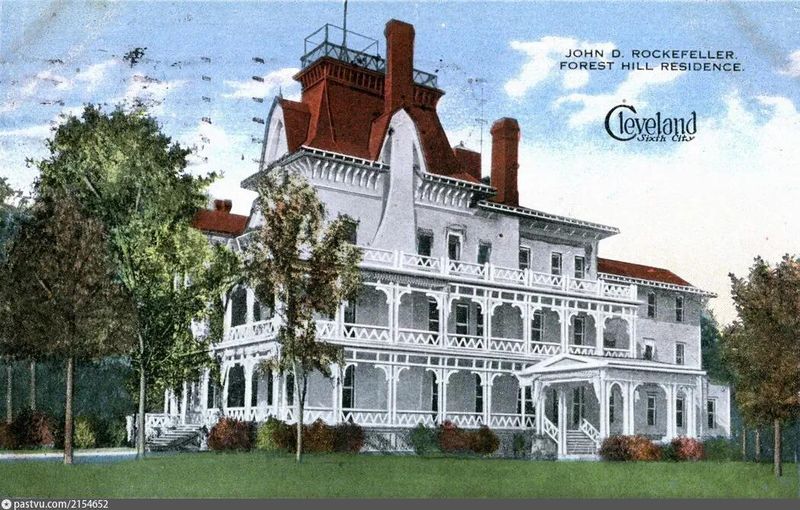
Before New York became the family’s base, John D. Rockefeller Sr. built this sprawling Victorian estate in Cleveland, where Standard Oil began. Completed in 1880, Forest Hill featured a rambling wooden mansion surrounded by 700 acres of meticulously landscaped grounds, including an early golf course and a man-made lake.
Senior raised his children here, instilling his famous values of thrift and industry while living in paradoxical luxury. The estate included working farms where Rockefeller children were expected to perform chores, despite the family’s immense wealth and staff of dozens.
Though the main house burned down in 1917, portions of the estate were developed into an upscale planned community by John D. Rockefeller Jr., while other sections became public parkland. The remaining carriage house and landscaping offer glimpses of the family’s Midwestern roots before they conquered New York society.
14. Rockwood Hall Gatehouse – Mount Pleasant, New York
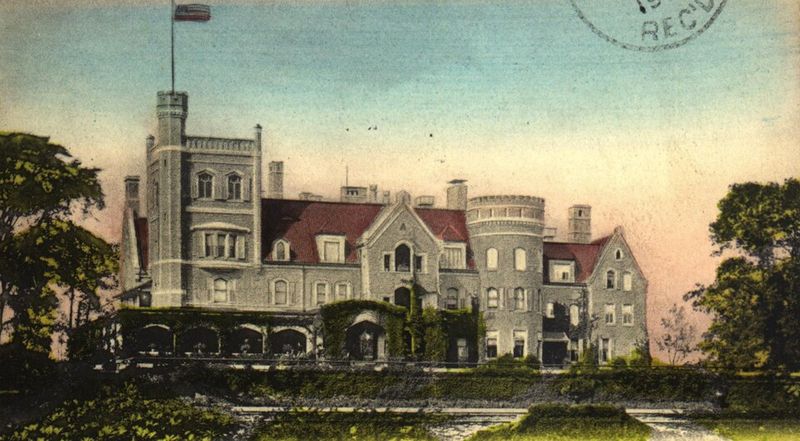
Standing guard like a medieval sentinel, the stone gatehouse of William Rockefeller’s Rockwood Hall estate remains one of the few surviving structures of this once-magnificent property. Built in the 1880s, this turreted mini-castle controlled access to William’s massive estate, housing security staff who monitored all comings and goings.
Constructed from the same limestone as the main mansion, the gatehouse features Gothic details including pointed arches, decorative carvings, and leaded glass windows. Inside, surprisingly comfortable living quarters housed the estate’s head of security and his family, who maintained strict protocols about who could approach the main house.
While the mansion is long gone, this picturesque gatehouse survives as part of Rockefeller State Park Preserve, offering visitors a tangible connection to the extraordinary security measures the family employed during their heyday.

